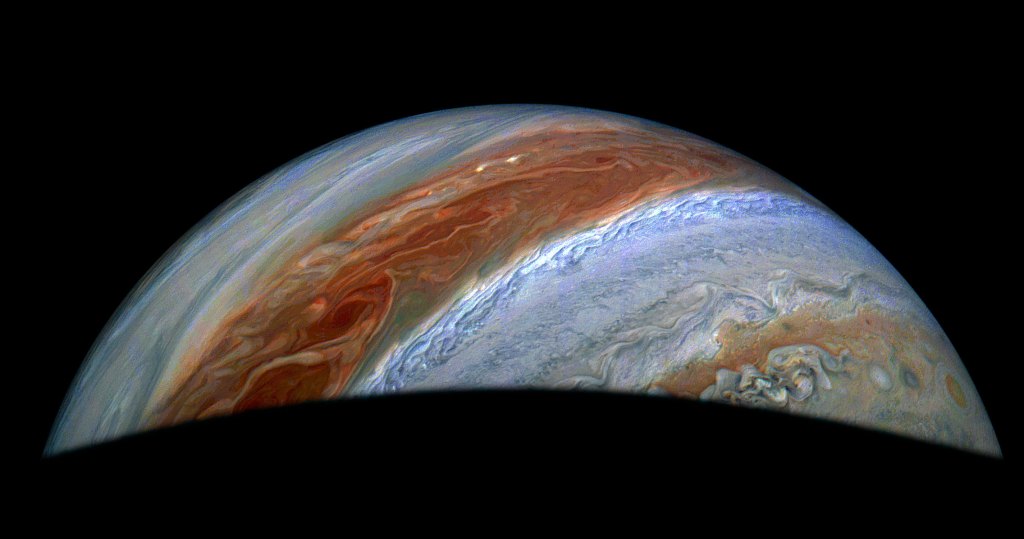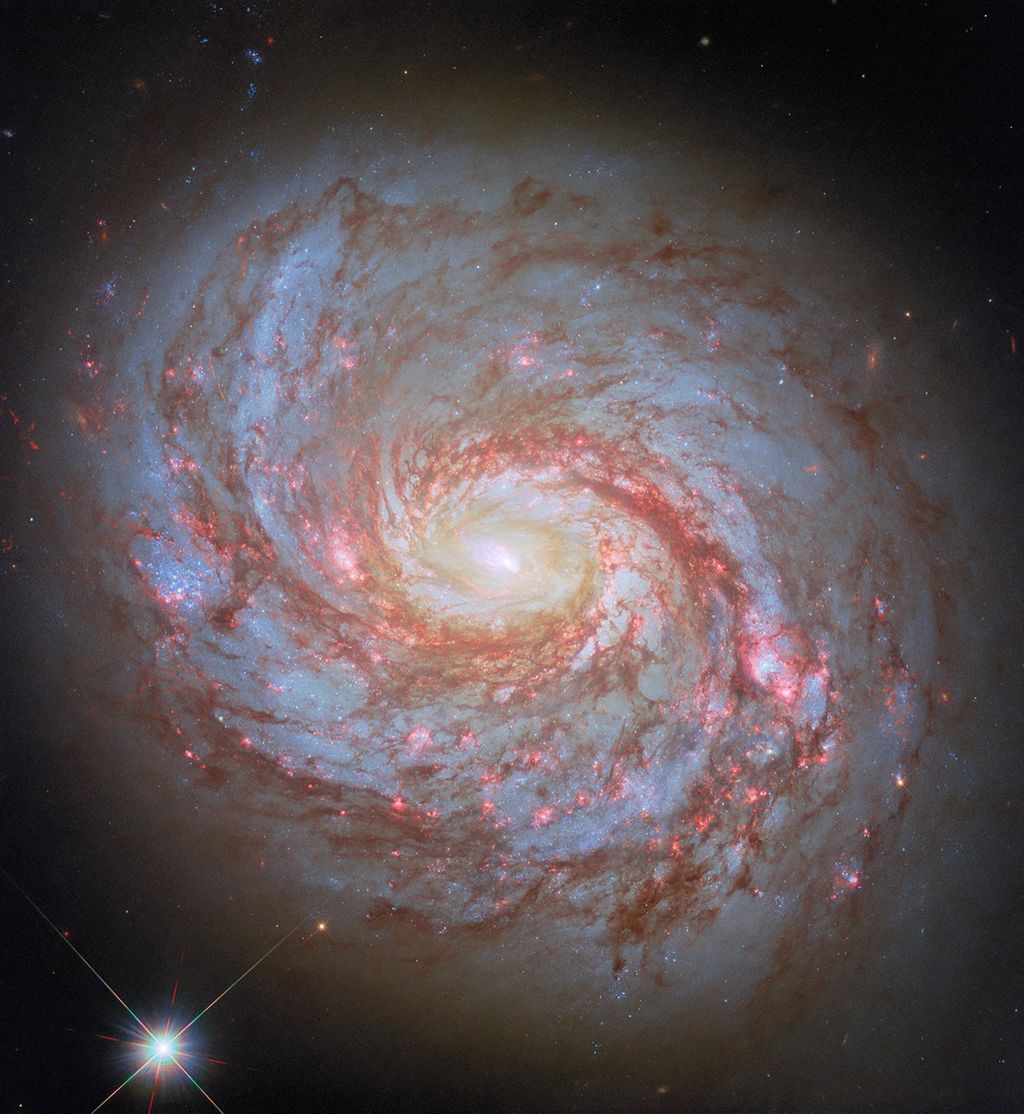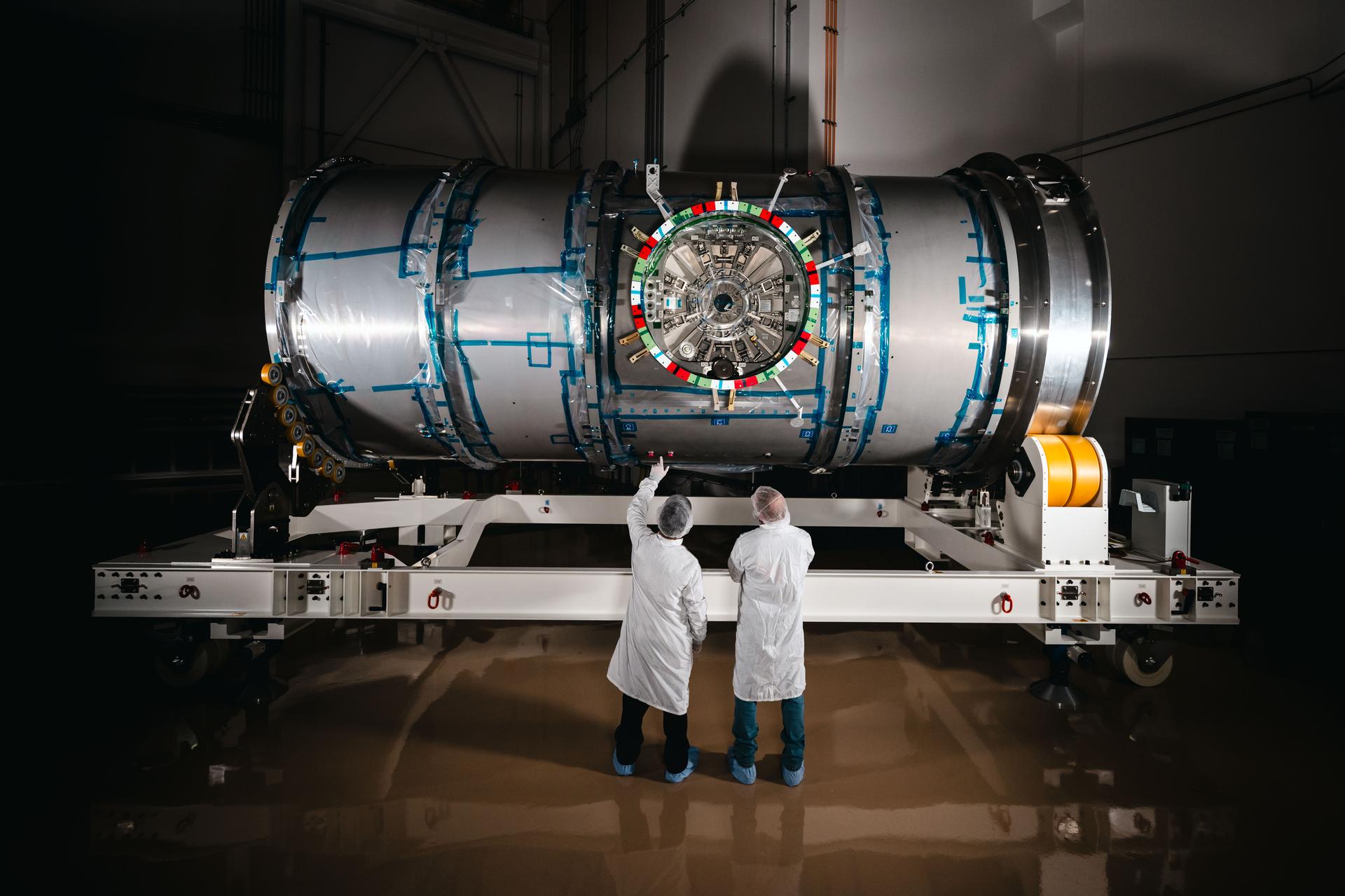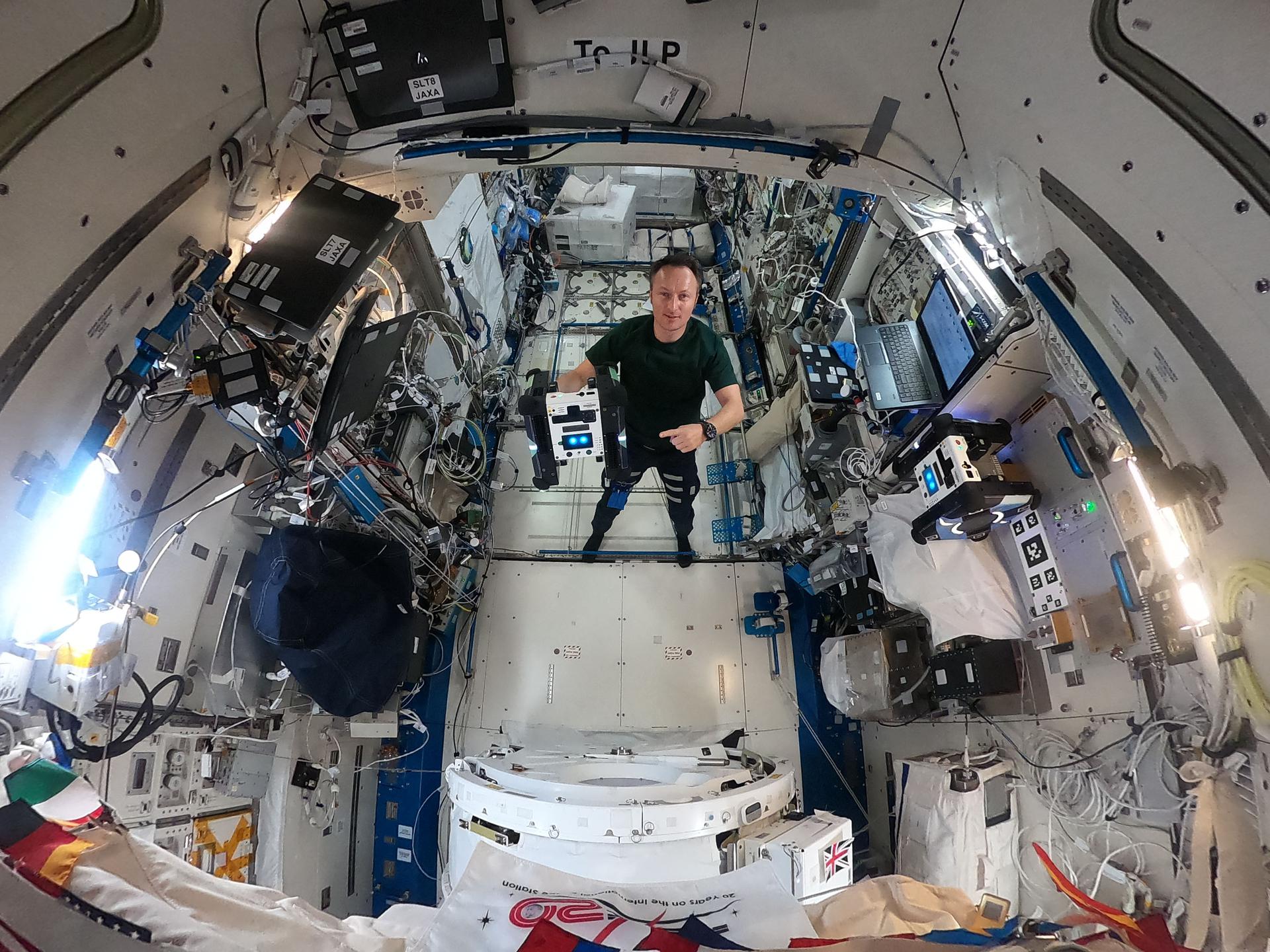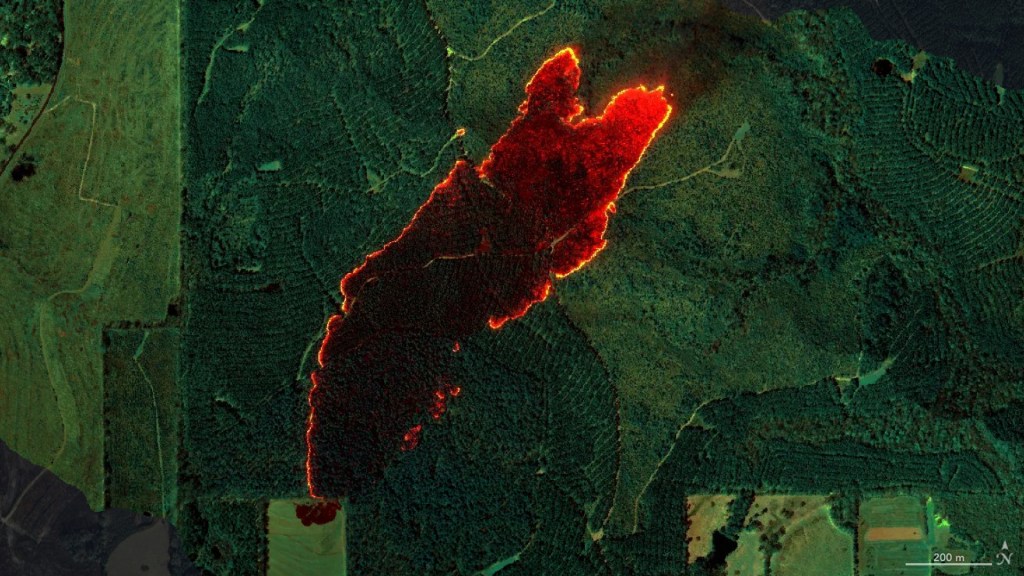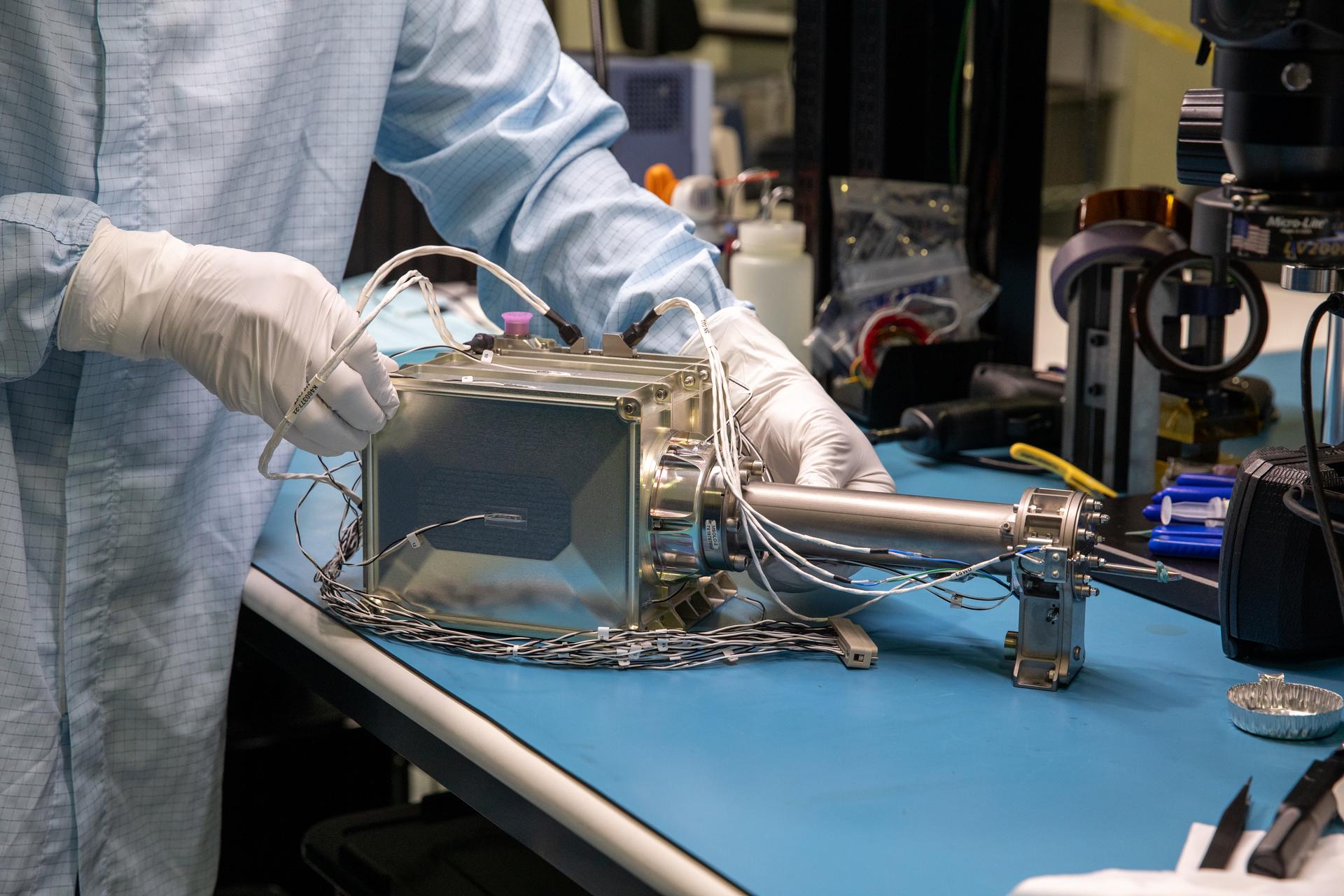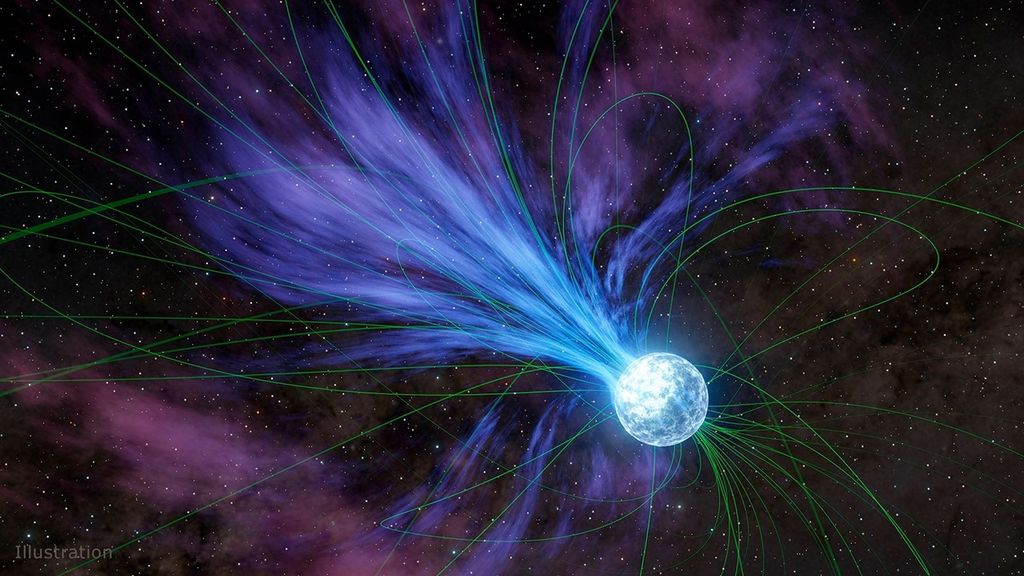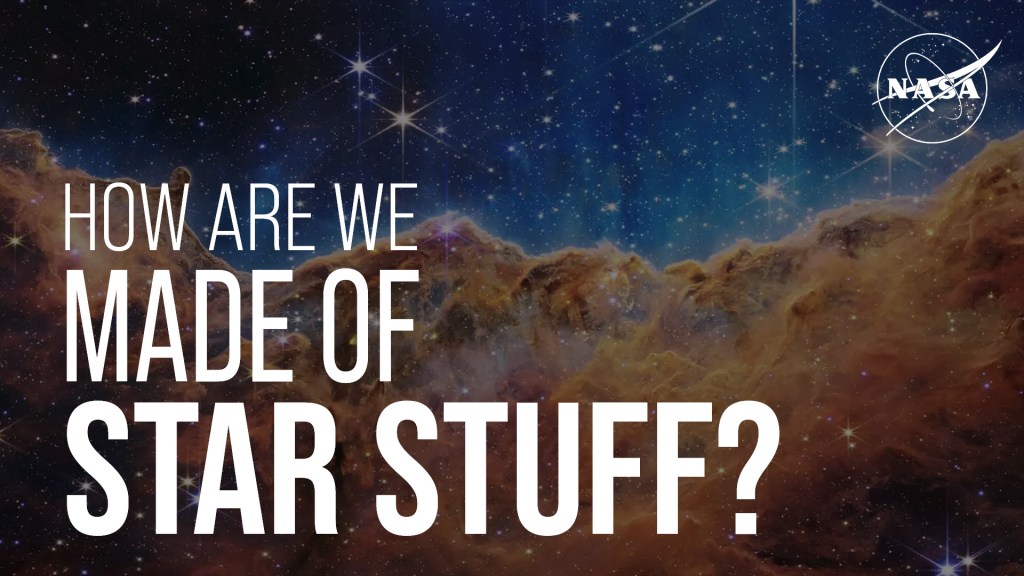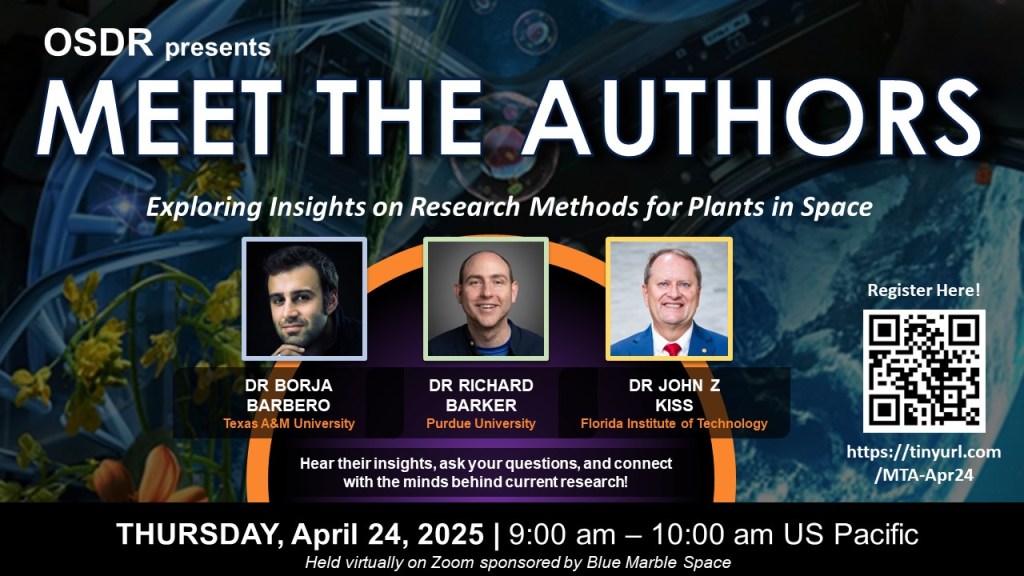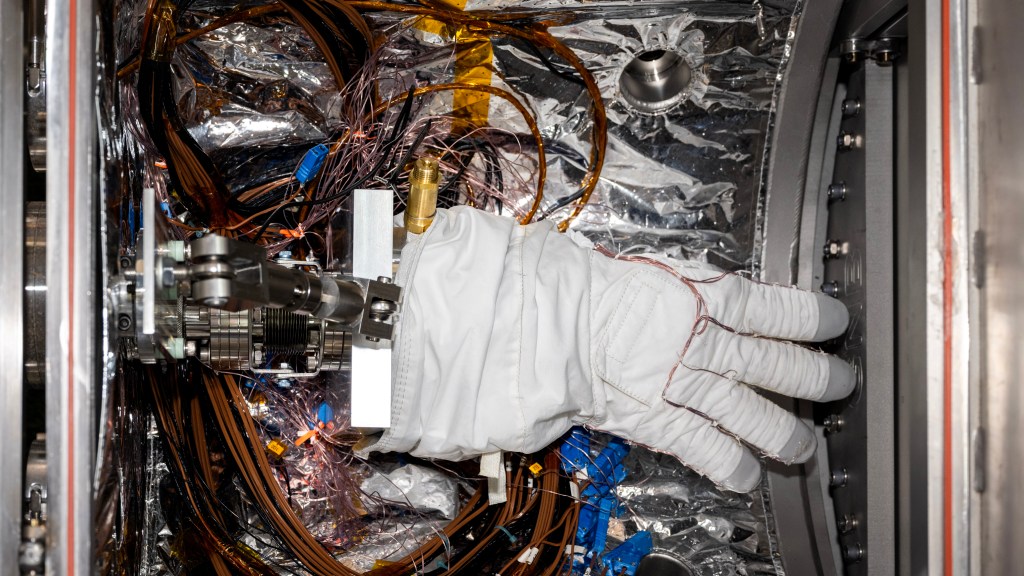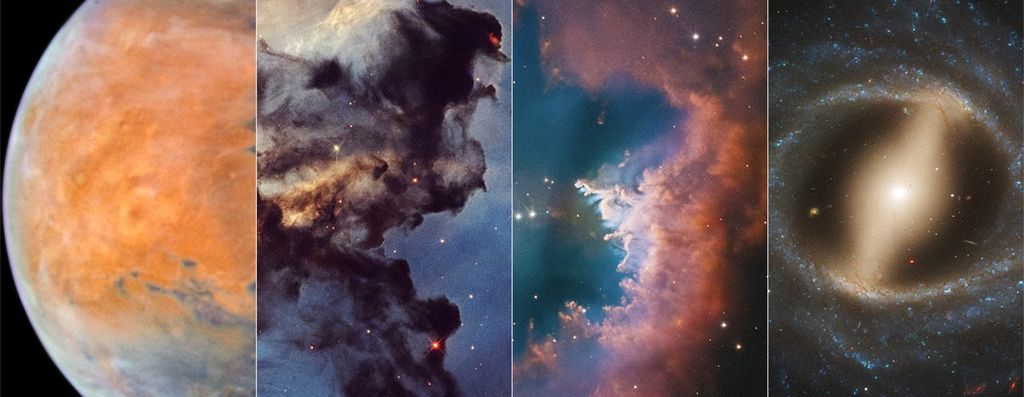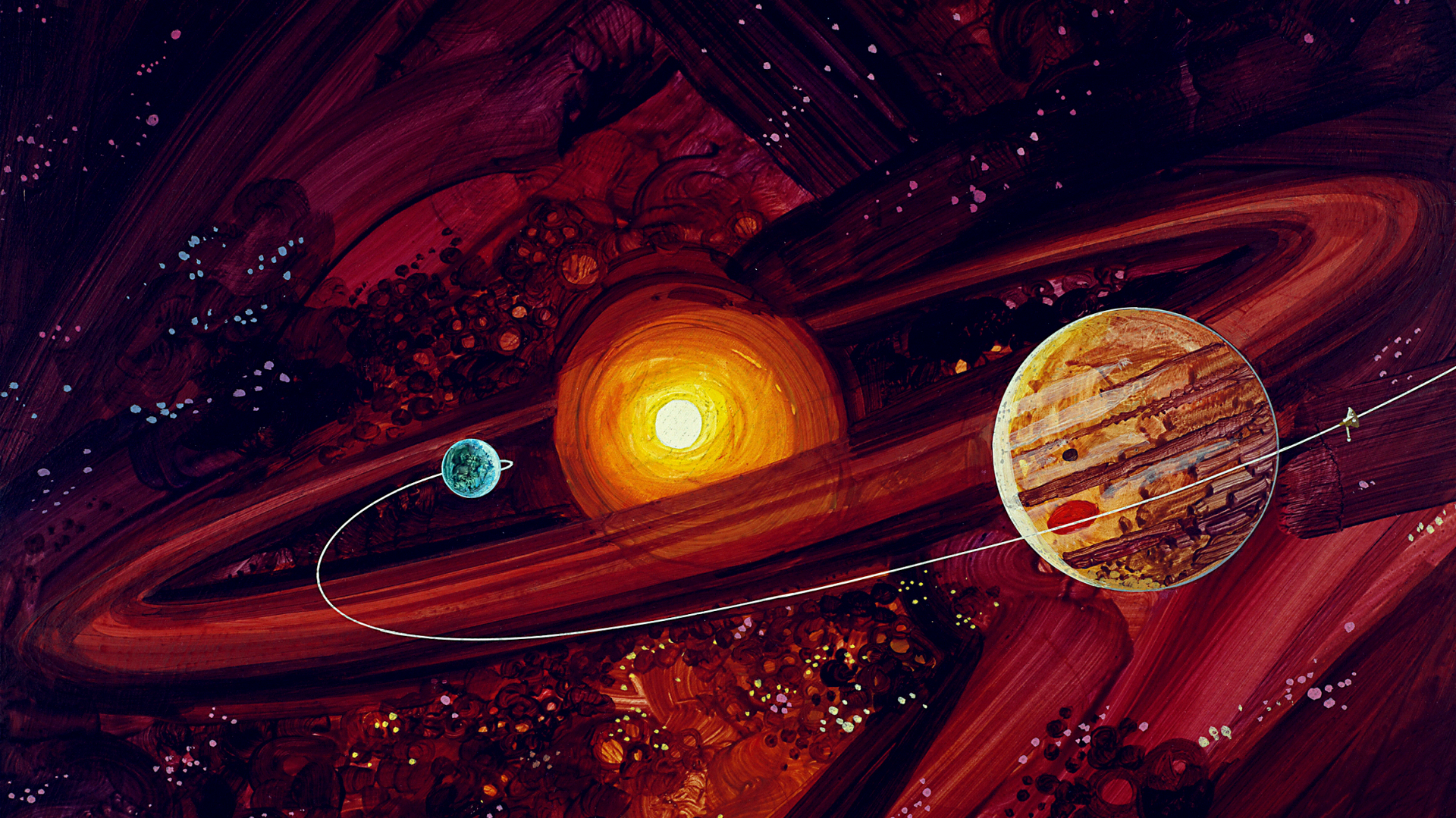2019 H. Julian Allen Award Winner – David Blake
The 2019 H. Julian Allen Award Seminar was held on April 7, 2021. Dr. David Blake presented, “The CheMin Ecosystem: X-ray Instrument Development at Ames”
The H. Julian Allen Award was established in 1969 to recognize a scientific or engineering paper of outstanding technical merit and significance. In 2019, the H. Julian Allen Award was given to Dr. David Blake for the paper entitled, “Characterization and calibration of the CheMin mineralogical instrument on Mars Science Laboratory” published in Space Science Reviews 170, 341-399 (2012).
The CheMin X-Ray Diffraction (XRD) instrument was critical to Mars Science Laboratory’s goal of characterizing the potential habitability of the early Martian environment. By identifying and measuring the abundances of various minerals on the landing site’s surface, CheMin XRD provided the first quantitative mineralogy analysis of Mars and gave insights into the character of its crust and atmosphere. Today, CheMin XRD technology is used commercially and to explore other parts of our Solar System. Dr. David Blake will present his work on the development of miniaturized x-ray diffraction instruments and CheMin’s important discoveries and legacy.
Abstract:
The CheMin X-ray Diffraction / X-ray Fluorescence instrument, developed at Ames Research Center from 1989-2004 and built for the Mars Science Laboratory Curiosity rover by Jet Propulsion Laboratory, is responsible for a number of seminal discoveries on Mars including identifying the first habitable environment on another planet, setting a limit on CO2-driven greenhouse warming on early Mars, and characterizing the depositional and diagenetic environment of a 3.7 billion year old crater lake on Mars. Next-generation CheMin XRD/XRF instruments are being built for the Earth’s moon (“XTRA”) and designed for missions to Venus and Mercury (CheMin-V, CheMin-X). Other X-ray instruments under development include an imaging X-ray fluorescence spectrometer (MapX), and an X-ray Computed Tomography scanner (PIXI). Commercialized versions of CheMin (Terra and Duetto) are being used in mining, oil and gas exploration, and art and antiquities preservation. A commercial version of MapX (“CartiX”) has been used to characterize 19th century French impressionist art and 500 year old Peruvian antiquities. All of these instruments operate using similar physical principles (X-ray diffraction, X-ray fluorescence, X-ray absorption) and are built from a small number of components designed and developed at Ames or by Ames collaborators over the last two decades.
Biography:
David Blake received a BS in Biological Sciences from Stanford University in 1973 and a PhD in Geology/Mineralogy from the University of Michigan in 1984. He joined the Exobiology branch at Ames in 1986. He received NASA Exceptional Scientific Achievement medals in 1998 for his work on astrophysical ices, and in 2017 for his work on the Mars Science Laboratory mission. His miniaturized mineralogical instrument CheMin received an R&D 100 Award from Research and Development Magazine in 1999. CheMin technology patents were awarded Govt. Commercial Invention of the year in 2010 and Govt. Invention of the Year in 2013. He served as Principal Investigator of the CheMin instrument on the Mars Science Laboratory mission from 2004-2017. He received NASA’s Outstanding Leadership medal in 2013 for his 22-year development of the CheMin instrument “…which resulted in the first quantitative mineralogy of the Mars surface and discovery of the first habitable environment on Mars.” Blake and his long-time collaborator Philippe Sarrazin continue to develop X-ray based instruments for solar system objects including Venus, Mercury, Mars and the Earth’s moon. Commercial spinoffs of the CheMin instrument are in use throughout the world in the oil & gas, minerals, homeland security, art & antiquities and pharmaceuticals industries.


